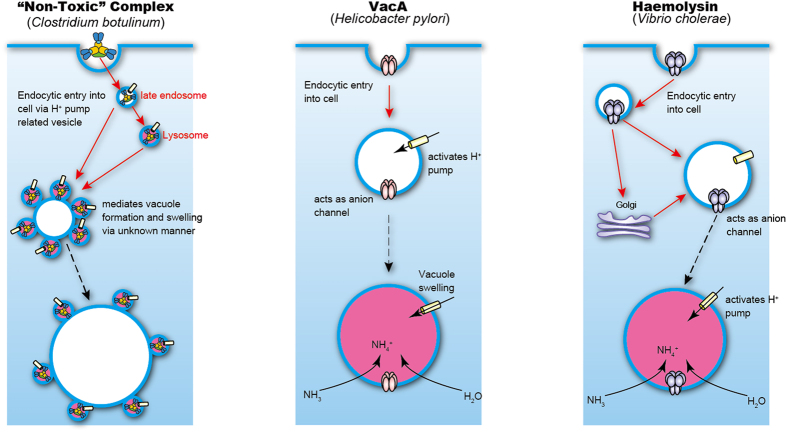Figure 3. Working model for the vacuolation mechanism of the botulinum “Non-Toxic” complex in comparison to the vacuolation mechanisms of other vacuolating toxins.
The left panel illustrates the working model of the botulinum “Non-Toxic” complex-induced vacuolating mechanism. The “Non-Toxic” complex enters into the cell in a sialic acid-dependent receptor-mediated manner. The process appears to involve proton pump-related vesicle formation. The “Non-Toxic” complex-containing vesicles generated from late endosomes and lysosomes then mediate the formation and swelling of vacuoles via an unknown mechanism. Central and right panels illustrate the mechanisms of action of VacA17 and V. cholerae haemolysin34. The VacA toxin is inserted into the lipid bilayer of cells and forms an oligomer, which then acts as an anion channel and activates the proton pump. The V. cholerae haemolysin also forms oligomers on the cell membrane. The oligomeric haemolysin forms larger and less specific channels than VacA. Entrance of ions into these channels induces osmotic swelling of the vacuoles in both VacA- and haemolysin-treated cells.

